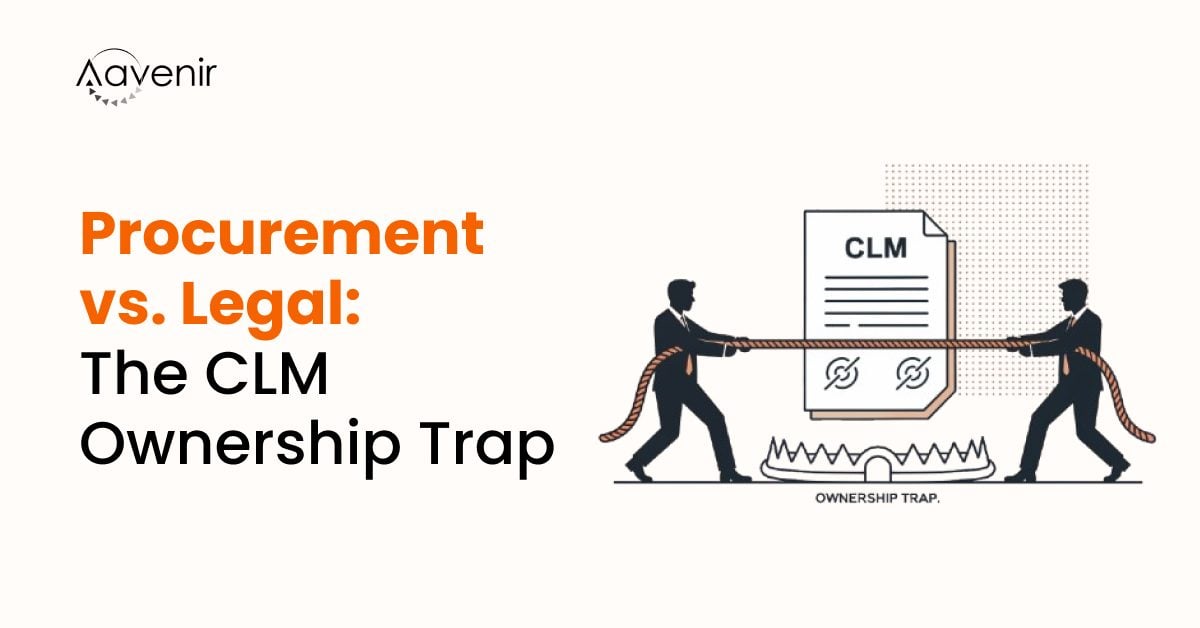Contracts are important. The value of a business has always been directly connected to its contractual risk management.
Businesses that actively manage the contracting process across their enterprise have greater certainty of their enterprise-wide liabilities. They can secure better prices for goods and services, improve their insurance options, reduce legal fees over negotiations, and speed up the contracting process. In certain sectors, it can even help with regulators, who are taking an increasing interest in the robustness of business supply chains.
Why then, are companies not embracing best-practice in contractual risk management?
Top 5 Best practices that contract managers should follow:
1. DO NOT draft contracts manually.
Creating contracts manually is a time-consuming and error-prone task. As a solution to this, templatizing these contracts ensure that all contracts being entered into should start from an initial position of known and acceptable risk for the company. This leads to an opportunity to automatically create contracts, using standard templates, which are instantly generated after answering just a few questions. Organizations should no more write from scratch or hunt for old similar contracts for reference or review contracts manually for errors.
2. DO NOT randomly store the contracts.
Contracts stored randomly give a chance to users for inappropriate access. Thus leaving them vulnerable to exposure and risking valuable information. Storing all your ongoing contracts in a global, central repository makes it easier to administer adequate governance and security controls over who can access which contracts. This helps to minimize the risk associated with unauthorized personnel viewing certain sensitive contracts and gaining access to those contracts.
3. DO NOT encourage random and fragmented contract processes.
Contract process management relies on a deep understanding of how contracts move through each department of the company, e.g. legal, tax, sales, and procurement. Contract processes should always be tailored based on the type of contact, the value of the contract, terms of the contract, risk category or contract, geography/governing law, and preferred counterparty classification. Having an institutionalized and standard workflow ensures a highly process-driven approach to contracting and also ensures that the right people are always involved in reviewing the content of the contracts. Thus helping better manage the contractual risk as it’s being negotiated. A key to contract process success is to define what success looks like and get commitment from every stakeholder to hit SLA targets to drive faster end-to-end contract turnaround.
4. DO NOT leave it to individual opinion to decide on what constitutes an acceptable amount of risk and what constitutes a need for leadership approvals.
Having automated routing criteria for leadership approvals ensures that the risk in a contract is always visible to the concerned leadership executives before the contract is brought into effect. This also gives the concerned leadership the right opportunity to issue intervening directions in order to better manage contractual risk. Always try to define organization-wide baseline contract terms and conditions and establish automated criteria to route for leadership approvals upon deviation from baseline.
5. DO NOT treat the contract as just another document in the repository.
Once a contract has been brought into effect, it is often treated as a forgotten document in the repository. This can result in missing out on key milestones, dates, and obligations, which can ultimately result in massive costs, by means of penalties, liabilities, and even litigation. An organization-wide audit process should be introduced where relevant stakeholders audit every ongoing contract and submit a report to a leadership committee. This will ensure that all contractual obligations are being duly monitored for compliance under the complete visibility of the executive leadership. Establish a process of periodic contract audits to ensure you are meeting your obligations before the deadline.
Conclusion
When it comes to contractual risk management, the three main steps include: identify, assess, and mitigate. This blog looked at 5 ways to mitigate contract risk and how contract management software can not only help but play a major role in that effort.
After all, there are risks associated with every contract which is why bad contract management practices should be avoided to reduce risk.
Schedule a demo of our contract management software to learn how it can help you mitigate risk



